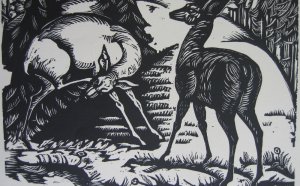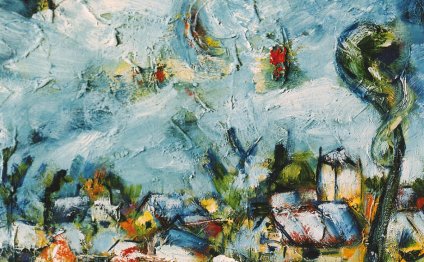
German Expressionism in Art
In 2011, the Museum received an extraordinary gift from the Estate of Vance E. Kondon and Liesbeth Giesberger: 48 exceptional works by the leaders of the German and Austrian avant-garde in the first half of the 20th century, including Otto Dix, George Grosz, Gustav Klimt and Egon Schiele. Presented as a temporary exhibition in 2012, these works are a remarkable collection of German Expressionist paintings, drawings, and prints.
Today, a selection from this private collection as well as a few other German Expressionist works from the Museum’s permanent collection are on display at The San Diego Museum of Art.
Breaking with Academic tradition, progressive artists in Germany and Austria at the beginning of the 20th century looked to Paris for new ideas. Concerned with this new state of affairs, artists of the Brücke (Bridge) group sought to establish a genuinely German avant-garde. First in Dresden, then in Berlin, they pitted a revolutionary art and rebellious lifestyle against the accepted order. They longed, also, to escape the oppressive constraints of modern life. Like their Romantic predecessors, the artists of the Brücke regarded communion with nature as a source of spiritual renewal.
While a commissioned work, such as Lovis Corinth’s Portrait of Alexander Freiherr von Reitzenstein (pictured right), could remain rooted in Post-Impressionism, members of the Blaue Reiter (Blue Rider) group, such as Alexej Jawlensky and Gabriele Münter (right), explored their predilection for bold, expressive colors. The collector, Vance E. Kondon, reflected on his own selections: “Often, I’m asked why I started collecting. If you know the history of the early Brücke artists, you realize that they were poor, free spirits. They lived communally, and shared the same space, materials, ideas and hopes. They were openly sensual, and nudity was—at times—a way of life. They sought more freedom of emotional expression and less ritual and restraint. And they brought this approach to their art, using vibrant color, looseness of form, and themes from everyday life.”
Featured (top to bottom, left to right): Lovis Corinth. Portrait of Alexander Freiherr von Reitzenstein, 1913. Oil on canvas. Gift from the Estate of Vance E. Kondon and Liesbeth Giesberger, 2011.89. | Gabriele Münter, Tutzing, 1908. Oil on artist’s board. The San Diego Museum of Art; Gift from the Estate of Vance E. Kondon and Liesbeth Giesberger. 2011.120. | Otto Dix, Lion Cannoneer, 1914. Oil on paper mounted on paperboard mounted on plywood. The San Diego Museum of Art; Gift from the Estate of Vance E. Kondon and Liesbeth Giesberger. 2011.90. |
RELATED VIDEO
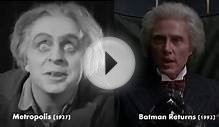
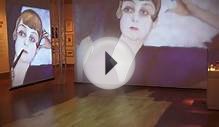
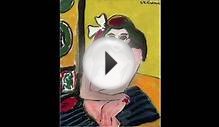
Share this Post
Related posts
German Expressionism Facts
The German film director Leni Riefenstahl (produced 1902) achieved popularity and notoriety on her propaganda film success…
Read MoreGerman Expressionism history
In late February 1920, a film premiered in Berlin that has been immediately recognized as something new in cinema: The Cabinet…
Read More